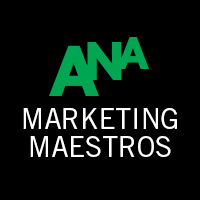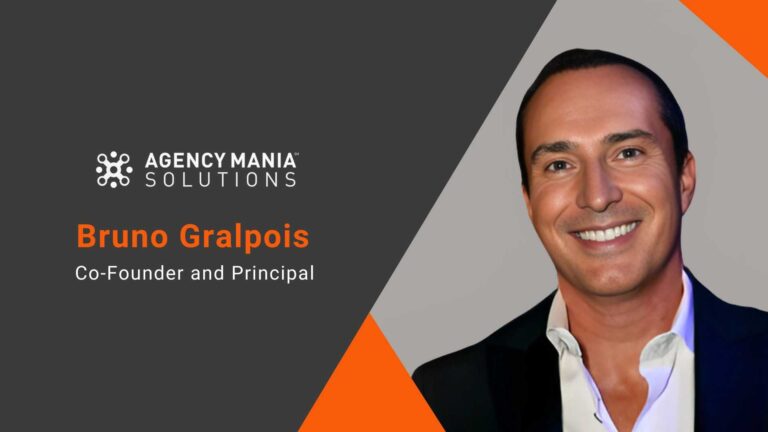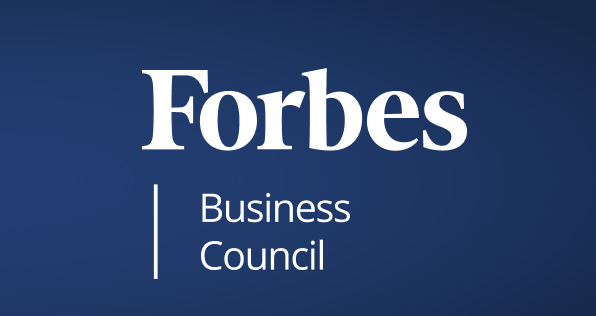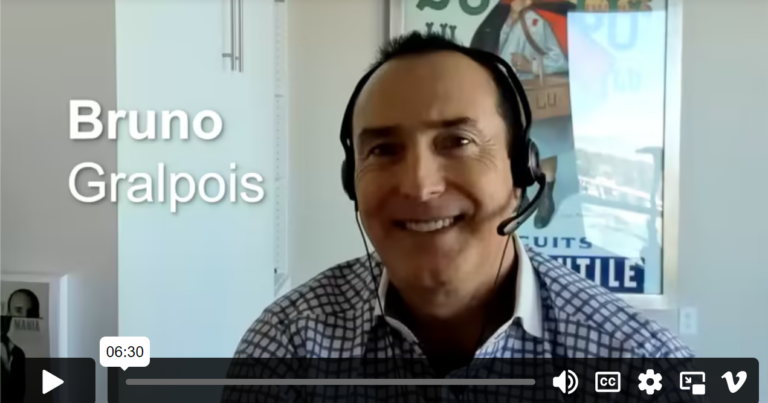Featured on ANA Marketing Maestros
— Read the published ANA article —
It’s never too soon to plan for the future. The year 2020 is glowing on the horizon, fueled by opportunities, innovation, transformative forces, and yes, the fear of the unknown. The conversation around what 2020 will bring for the marketing industry often spans a vast territory ranging from data and technology advancements, ever-changing consumer experiences, innovative media, content and production capabilities, and the talent those demand. For brand leaders, it’s about securing new skills that are critically needed–both internally and externally with agencies–to take on the competition and best organize for growth.
Leading authorities such as Adobe, Gartner, Forrester and other industry players regularly publish findings on the evolving role of marketing. As a result of interview research, these studies give us a unique vantage point into shifting CMO priorities. For example, per IBM, CMO priorities are about improving the omni-channel practice, reinventing the customer experience through digital innovation, and championing a customer-centric corporate culture across the enterprise. Deloitte sees marketing evolving from brand storytelling to strategic value creation. For them, key ingredients required are cross-functional alignment, talent, data and intelligence, a holistic view of the customer journey, activation and cultivation of audiences, and real-time views of customers.
These priorities have profound impact on how agencies must support their clients and how brands can rely on them to accomplish their growth objectives. At the core of how CMOs prepare their organizations for success is the notion that they will secure and organize talent–whether it resides internally or is outsourced to agency partners. Having the right skill sets and organizational structure is essential to their ability to perform.
As a result of these new priorities, CMOs will expect the following from their agency ecosystem in the future:
1. Tighter collaboration and alignment behind organizational goals:
There is too little time and too much to do for CMOs to hand-hold agencies and make sure they play nice with each other. According to Mark Read, CEO of WPP, “We need to be more client-centric, and more focused on our clients. And more focused on them than on us. When I talk to clients, they want to have simpler access to all of WPP.” CMOs will have little patience for agency partners that do not collaborate effectively or are more focused on territorial issues than driving growth. They will expect all players–internal and external–to work together and be accountable for their individual contributions but also the overall performance of the collective work.
2. Active support of clients’ efforts to produce content cost-effectively:
As CMOs look for ways to increase their output, they are likely to strengthen existing in-house agency activities or pilot the creation of internal functions like programmatic, social, analytics, etc., that need support from external agencies to work together on assignments, leveraging their respective complementary skill sets. These internal and external teams must work together instead of operating in functional silos. Eric Reynolds, CMO at Clorox recognizes this and was recently quoted saying, “The amount of stuff we have to produce is going up exponentially and we have to find a way to economize.” With increased content volume comes increased costs, CMOs will be looking for efficiency plays and to partner with specialized content production agencies.
3. Stronger talent with demonstrated knowledge of data, analytics, and measurement:
The emphasis on data, insight, research, analytics, and ROI measurement will have a cascading effect on advertisers’ internal teams, but also on their agency partnerships. For the latter, they will look to their roster agencies to secure the right technical talent, fostering a culture of data-savviness, curiosity, and constant innovation. Creative not fully informed or supported by data will fail to get internal buy-in.
4.More streamlined, agile, and nimble engagements:
Sir Martin Sorrell, Executive Chairman at S4 Capital said it best, “When you ask [big clients] what their biggest issue is, they say lack of speed. Clients say that about agencies as well. They’re too slow. Even the smaller, independent agencies don’t move as quickly as clients want. The premium is on speed.”
The industry has moved away from large meetings, long memos, and excruciating slow processes with unclear outcomes. Rather, CMOs expect their organization and agency partners to move fast, make rapid decisions involving fewer stakeholders, yet keep communication lines open and keep everyone aligned. Agencies will send fewer people to meetings, become far more responsive, and operate in smaller teams with more flexibility and greater authority. They will expect the same of their clients.
5. Strategically grounded advisory, perspective, and insight:
Some agencies are more strategic, while others might be more tactical and focused on execution. In the company’s 2019 ad forecast, GroupM CEO, Kelly Clark said, “The gap between the cost of failure and the value of success grows wider. For advertisers, this underscores the importance of a world view and trusted partners who can help their brands perform where the growth can be found.” No matter the discipline, all agencies in a brand’s roster must exhibit an ability to understand business imperatives and be able to contribute strategically to the marketing organization, leveraging insight from the work they do or from other clients. CMOs will eventually move the most strategic work internally or rely on generalists with deep business acumen.
6. Increasingly output-oriented and bottom-line obsessed:
Marketing leaders will favor compensation models that are output-based (deliverable vs. retainer based) and focused on driving their organizational KPIs. They will explore better and more effective ways to tie agency compensation to their performance, relying on more timely systems to capture performance data and manage agency expectations. “The agencies of tomorrow will need to adapt to be more than a partner; they must be stakeholders in the success of their clients,” said Scott Martino, vice president, digital investment at Blue 449.
7. Quicker to learn and adapt to – or better lead – change:
The pace of the business is accelerating. Reorgs, restructuring, and new business directions will reset marketing priorities and budgets faster than ever before. Brands will expect their agencies to keep up, or better, be agents of change themselves, propelling their clients forward and allowing them to operate more fluidly.
8. Greater relationship transparency and fiscal accountability to rebuild trust:
The CMO of Mastercard, Raja Rajamannar said, “We need to know how that money is being spent and where it is going and that we are getting the right value back that we hoped and planned for.” CMOs have been caught in the cross-fire between CPOs/CFOs pushing agencies for absolute transparency as fraudulent practices made headline news. They understand the need for the agencies to do well financially but cannot allow poor reporting or lack of fiscal accountability to destabilize the relationship or the work product itself. CMOs will look to their agencies to proactively identify and eliminate inefficiencies.
What are the implications of these expectations on clients/agencies and how they will work together in years to come? How will advertisers articulate these requirements and how will agencies respond to these expectations? Here are a few recent examples that speak to these new trends and will help identify if you are 2020 ready:
If you are an advertiser, are you ready to articulate your expectations clearly and early enough so your agencies are prepared to rightfully address them in 2020? If you are an agency, are you ready to listen, adapt your offerings and organization accordingly and meet these new challenges, even though those might differ client to client? Time will tell. What is certain, however, is the incredible velocity of these changes and the fact that some client/agency partners will painfully struggle while others will prevail and thrive. Choose your partners wisely and be ready.
By: Bruno Gralpois, Principal & Co-founder | April 19, 2019






